Canvases of bullet holes
Sarajevo's street artists paint a new story over war scars
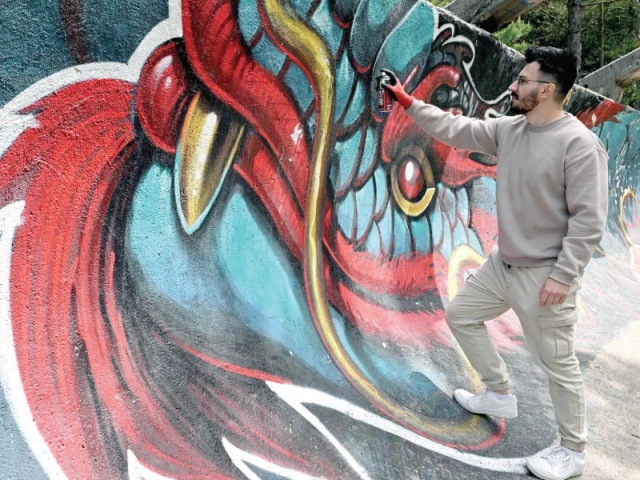
Nearly three decades after the Bosnian war left Sarajevo scarred with mortar strikes and pockmarked facades, the city's youth are finding ways to reclaim those wounds – not with bricks or plaster, but with colour.
Street artists across the Bosnian capital are painting over bullet holes and crumbling walls, transforming once-traumatised landscapes into vibrant works of art. To some, it is therapy. To others, resistance. But for all, it is a declaration that Sarajevo is more than a city defined by its siege.
During the war from 1992 to 1995, Sarajevo endured the longest siege in modern history – 44 relentless months under bombardment by Bosnian Serb forces. More than 11,500 people were killed, 50,000 were injured, and countless families fled. Today, cracked buildings still bear the marks of sniper fire.
But in neighbourhoods once darkened by violence, bright dragons, forests, and abstract shapes now sprawl across walls. On Mount Trebevic, a half-pipe bobsled track from the 1984 Winter Olympics – once a strategic position during the war – is now a gallery of technicolour graffiti.
"It's a really good place for artists to paint, because you can do it freely," said 32-year-old painter Kerim Musanovic, as he retouched his mural of a dragon curling across the old Olympic track. "When people see my work, I want them to feel joy. It's for everyone."
Unlike the political slogans daubed across much of the Balkans, Musanovic's art veers toward the fantastical. His intent is not to fuel division but to offer escape – a reminder that imagination can be stronger than memory.
Street art is not new to Sarajevo. Even during the war, slogans and signs offered moments of dark humour and resilience. Graffiti warned civilians of sniper zones, while one concrete barrier bore the words "Pink Floyd" – a nod to the band's The Wall, reimagined in the middle of a city under siege.
Adnan Hamidovic, better known by his rap name Frenkie, was a teenager when he first picked up a spray can in Tuzla. Now 43, he recalls being chased by police who thought graffiti was inherently political. "For me, it was never about politics – it was about making the city my own," he said.
What began as rebellion soon became something deeper. "Sarajevo after the war, you can imagine – it was very, very dark," Frenkie said. "Graffiti brought life into the city, and also colour. It became a form of therapy."
For many young people growing up amid ruins, graffiti provided not just expression but community – an alternative culture that challenged post-war segregation and nationalism.
Festivals of colour
In recent years, Sarajevo's street art scene has moved from shadowy alleyways to public recognition. The Fasada Festival, launched in 2021, has become a fixture of the city's cultural calendar. Its founder, muralist Benjamin Cengic, says the goal is not only to paint but to rebuild.
"We look for overlooked neighbourhoods, rundown facades," Cengic explained. Before a wall becomes a canvas, his team often repairs it, insulating fragile homes or reinforcing cracked plaster. "We want to create bonds – between local people, between artists, and between the city and its history."
Other cities have followed Sarajevo's lead. In Mostar, the annual Street Art Festival – now in its 14th year – has similarly helped young Bosnians find space for expression. For academics observing Bosnia's post-war generation, graffiti carries social and political weight beyond its visual impact.
"The social context for young people is very difficult," said Sarina Bakic, a sociology professor at the University of Sarajevo, pointing to Bosnia's stubbornly high youth unemployment rate, hovering near 30%. "Street art gives them a springboard – a way to make their voices heard, even when opportunities are scarce."
To Ljiljana Radosevic, a researcher at Finland's Jyvaskyla University, graffiti also serves as defiance. "It allows youth to shake off nationalist narratives or imposed identities. It's a way of resisting," she said.
That resistance is not necessarily loud or confrontational. Sometimes it is simply in colour, in beauty, in refusing to let war scars define what a city looks like.
Still, Sarajevo has not erased its past. Across pavements and roads, the "Sarajevo Roses" remain: craters left by mortar strikes, filled with red resin as memorials to those killed where they stood. The contrast between these blood-red scars and the kaleidoscopic murals elsewhere captures the delicate balance between remembrance and renewal.
For older generations, murals can be reminders of loss. For younger ones, they are proof that the city is alive. "After the war, politics tried to divide us. But graffiti and hip-hop built bridges instead," Frenkie reflected. "Now, instead of grey, we see colour. That changes how people feel."
A city reimagined
From the old Olympic tracks on Mount Trebevic to the battered apartment blocks downtown, Sarajevo's walls are being rewritten by its youth. What were once symbols of destruction are now canvases of hope.
Street art may not repair collapsing buildings or fix Bosnia's fragile economy, but it offers something perhaps more enduring – a sense of ownership, of identity, of possibility. For Musanovic, the message is simple: "We can't erase history. But we can paint something new on top of it."



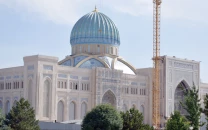

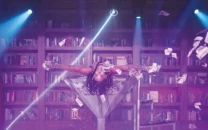
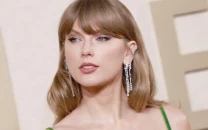
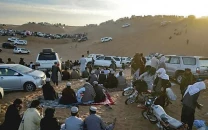

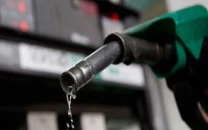
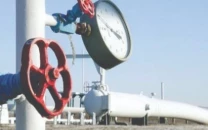
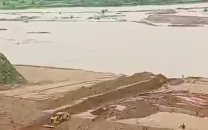
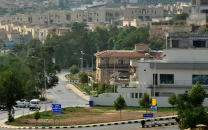
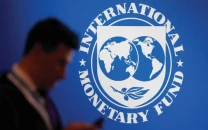

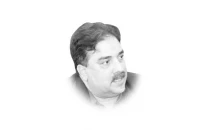
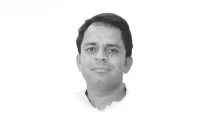
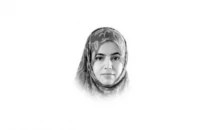


COMMENTS
Comments are moderated and generally will be posted if they are on-topic and not abusive.
For more information, please see our Comments FAQ